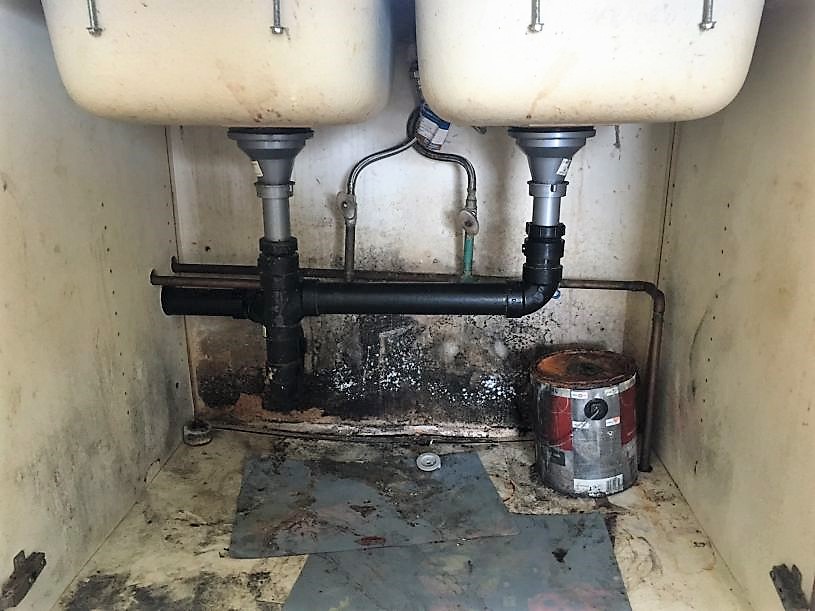Dealing with Mould
Dealing with mould is a part of our everyday life. Mould itself is everywhere (in varying amounts). From your pizza to your bathroom, all mould needs is warmth, moisture, and a food source to grow. Now in most cases when you come across mould, you know well enough not to eat it, and dealing with it is as simple as chucking it in the trash. But when it finds a good home in your home, things can get out of control fast costing you more than money.
So what causes mould growth in your home? Well like I said, it’s already in your home. Mould is a fungus that is about 400 million years old and you can find it in trace amounts pretty much everywhere, year round. Inside your home it will be most prevalent in high moisture areas. You’ll want to check your bathrooms, kitchen, laundry, etc. on a regular basis for growth to keep it from spreading. It has different stages of growth and appearance. Usually the first signs of it are by way of small blackened spotted areas resembling soot. If it starts getting fuzzy you have a serious problem. If it starts talking to you then it’s already too late.
Aside from the physical damage it can cause to your home, mould can cause some pretty serious health issues as well. Symptoms go from nasal and throat irritation, to serious breathing problems. So don’t get it in your head that you’ll just live with it.
When it comes to dealing with the issue, prevention is always the best course of action. Eliminate excessive moisture. This can be done by fixing leaks, increasing air flow throughout, and even installing a dehumidifier. Focus your attention on the high moisture areas in your home, and don’t neglect the windows. Often moisture can condense there during the winter making and ideal area for growth. Small areas of early detected mould spots can be treated effectively with over the counter cleaners. Check your hardware stores for mould specific treatment products, or if you’re after the green approach, give vinegar a try. But if it has truly made a winter getaway under your kitchen sink, it’s time to call in professionals. They will use a combination spot treatments and air scrubbers to help kill the problem.
Sounds costly? It is. And many insurance companies don’t cover the cost of the clean-up and repair. So get your facts in order before it costs thousands of dollars and potentially your own health. Had the landlord of this rental property (source of the photos for this article) known of these issues early on, they would have been far happier today. Harbourview Property Management offers regular inspections of homes and cottages to prevent these tiny spores from causing huge problems. An ounce of prevention is worth a pound of cure.



